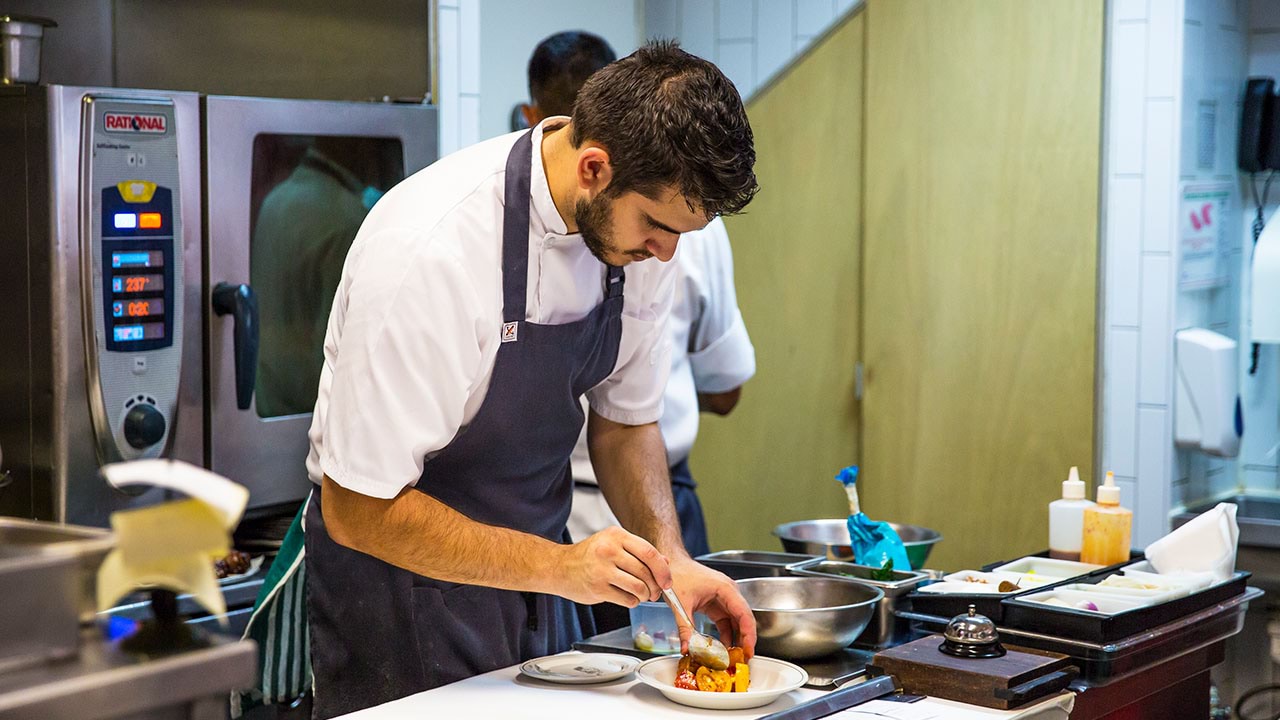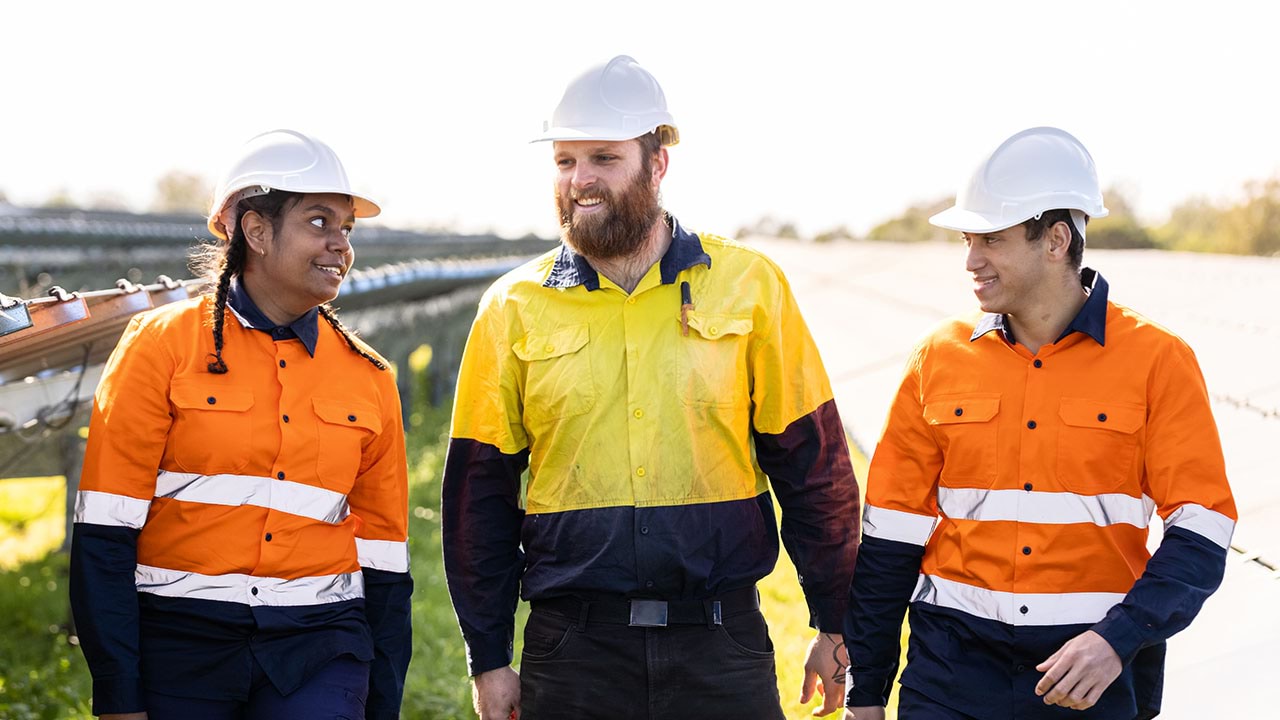Human resource advisers oversee staffing and recruitment. Demand for skilled workers in this role will rise steadily over the next few years.
Find out what a human resource adviser does and the related Vocational Education and Training (VET) courses and pathways you can take to secure a job.
What is a human resource adviser?
Human resource advisers look after staff and resourcing, workplace culture and performance.
As a human resource adviser you may look after:
- job descriptions and ads
- job interviews
- records
- performance reviews
- employment contracts.
Find out more about human resource advisers(opens in a new window) and these related jobs on the Victorian Skills Gateway(opens in a new window):
- accountant (general)(opens in a new window)
- accounts clerk(opens in a new window)
- secretary(opens in a new window)
- general clerk(opens in a new window)
- office manager(opens in a new window)
- medical receptionist(opens in a new window)
- telemarketer(opens in a new window).
Related training courses
Explore these related TAFE and training courses on the Victorian Skills Gateway(opens in a new window):
You may be eligible for government funding to help pay for your course.
Median salary
The median weekly earnings for human resource clerks in Australia is $1,472.
Source: Jobs and Skills Australia(opens in a new window)
The median weekly earnings for human resource professionals in Australia is $1,870
Source: Jobs and Skills Australia(opens in a new window)
Note this salary is current as of January 2025 and is indicative only. A range of salaries apply to different roles across the industry.
Job demand in Victoria
Below are the employment projections for human resource clerk and human resource professional jobs in Victoria. Figures show the number of workers in 2024 and the new workers expected to enter the workforce by 2027 and 2034.
‘New workers expected’ accounts for workers adding new jobs to the economy and replacing retirees over the next 3 and 10 years. These projections are estimates only. There will be additional jobs available as people move between jobs and industries.
Separate human resource adviser statistics are not available.
Resources to plan your next steps
Visit our administrative and support services industry profile to find out about:
- what it’s like to work in administrative and support services, and some of the jobs you could do
- training and skills to work in the industry, and financial assistance to help pay for your course
- help getting a job in administrative and support services, and industry job projections for Victoria
- other free resources and advice to plan your training and career.
Explore growing industries in your region
Updated



